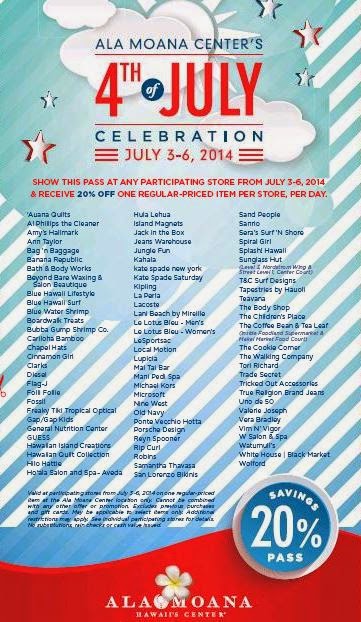One of the most dangerous practices in marketing is to keep pouring money into an unsuccessful product or campaign just because "we've always done it." In business school, students are taught to pull the plug on failures, but in the real world sometimes the band plays on because of emotional attachments or a misguided belief that "if we can only tweak this thing it will turn around."
Hawaii has just such an example of an idea whose time has come and gone: the Pro Bowl. The reason that the Pro Bowl is a yawn (with declining attendance at the game and low television ratings) is that fans don't like the product. What's changed over the years is the growing "super event" - the Super Bowl" which sucks all of the oxygen out of any "All Star" event. (The Super Bowl
is the All Star Event; the Pro Bowl is a weak sister). The Super Bowl is the culmination of a fan-frenzied playoff series. The Pro Bowl is a pick up game.
What's more, there's a change in the economics of the game. Players are sooooo valuable now that they don't want to risk injury in a game that doesn't mean anything. The result is a Pro Bowl that looks more like a neighborhood game of touch. It has become so bad that a few years ago, the fans in the stands (who paid good money to watch a football game) booed when it became obvious that they were watching something entirely different. Even worse for Hawaii, the game is played in Aloha Stadium, which is an embarrassment when it comes to showing off our state.

This year, the National Football League is trying to improve things by changing the format of the game ... using a Fantasy Football draft as a way to select the players. That still doesn't change the underlying dynamics that have made the game a dud.
Yet, despite all the signals that the game isn't going to become the success that it was years ago, the Hawaii Tourism Authority continues to write multi-million dollar checks to keep the game on life support - and keep it in Hawaii. There's an emotional attachment to the "game" that makes it hard to act rationally. But, there's also the comments from fans tourism execs that the game shows off sunny Hawaii in the midst of the Mainland winter. Granted. But the HTA could spend that four or five million dollars in other advertising efforts that would not only show Hawaii's sunshine, but communicate a message that is strategically aligned with the brand.
When I was at HTA I (un-popularly) suggested that we continue to partner with the NFL to benefit from the star power of its players ... but dump the game. I suggested that we host a post-season event for the NFL all-stars with skills events, celebrity parties and other made-for television activities ... and get rid of a game that no one cares about. That idea went nowhere.
So, I suspect the Pro Bowl will go on for a while until it dies of natural causes. In the meantime, the state and the NFL are pouring money into a terminally ill brand.
 WestJet - a Canadian cariier - creatively tapped into the spirit of giving (and savvy use of technology) to surprise a planeful of holiday travelers. Click here to see a video of how they gathered a Christmas wish for each of the passengers on a WestJet flight and scrambled to deliver their wishes upon landing. The video, posted on YouTube, has generated forty million views so far.
WestJet - a Canadian cariier - creatively tapped into the spirit of giving (and savvy use of technology) to surprise a planeful of holiday travelers. Click here to see a video of how they gathered a Christmas wish for each of the passengers on a WestJet flight and scrambled to deliver their wishes upon landing. The video, posted on YouTube, has generated forty million views so far.




























